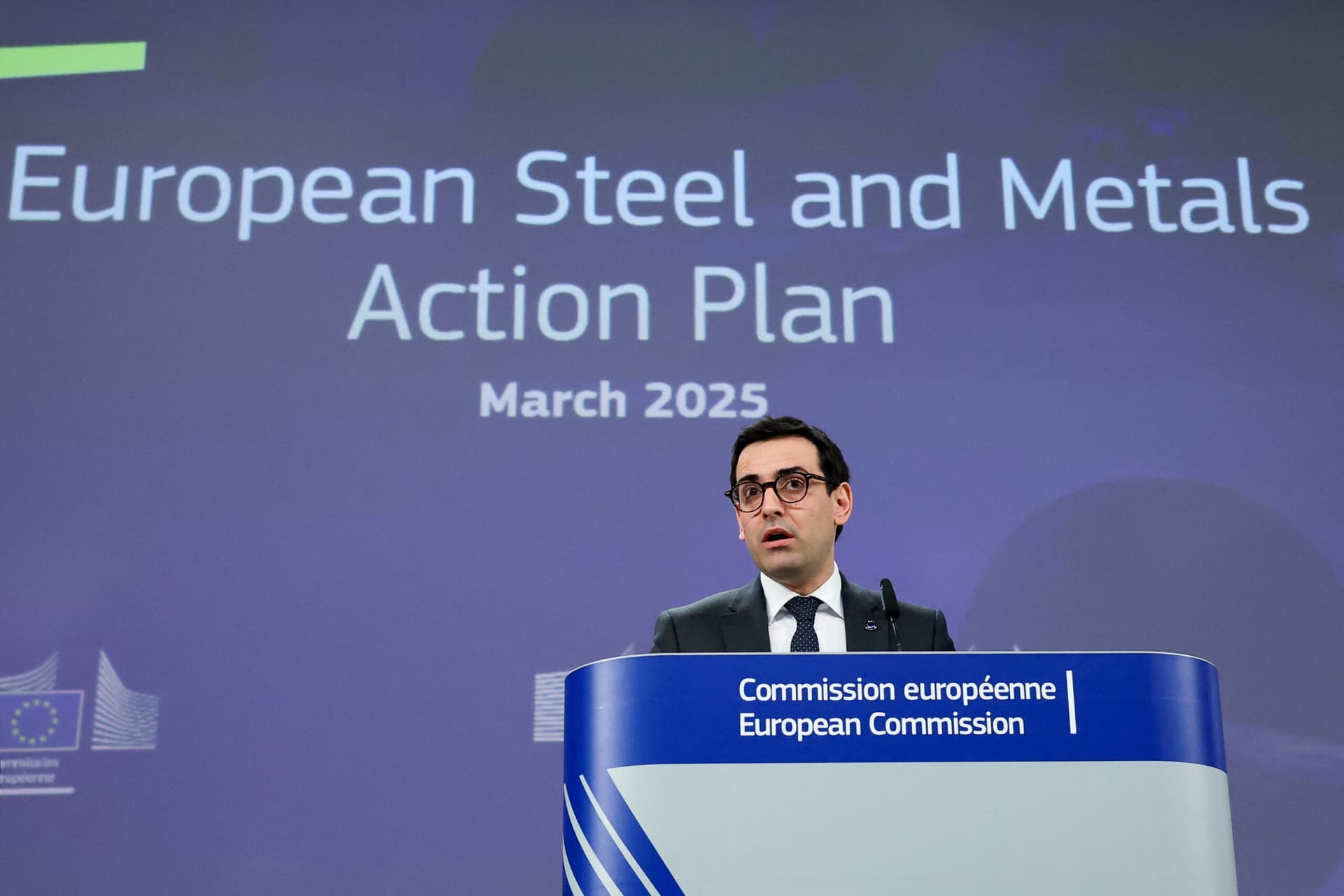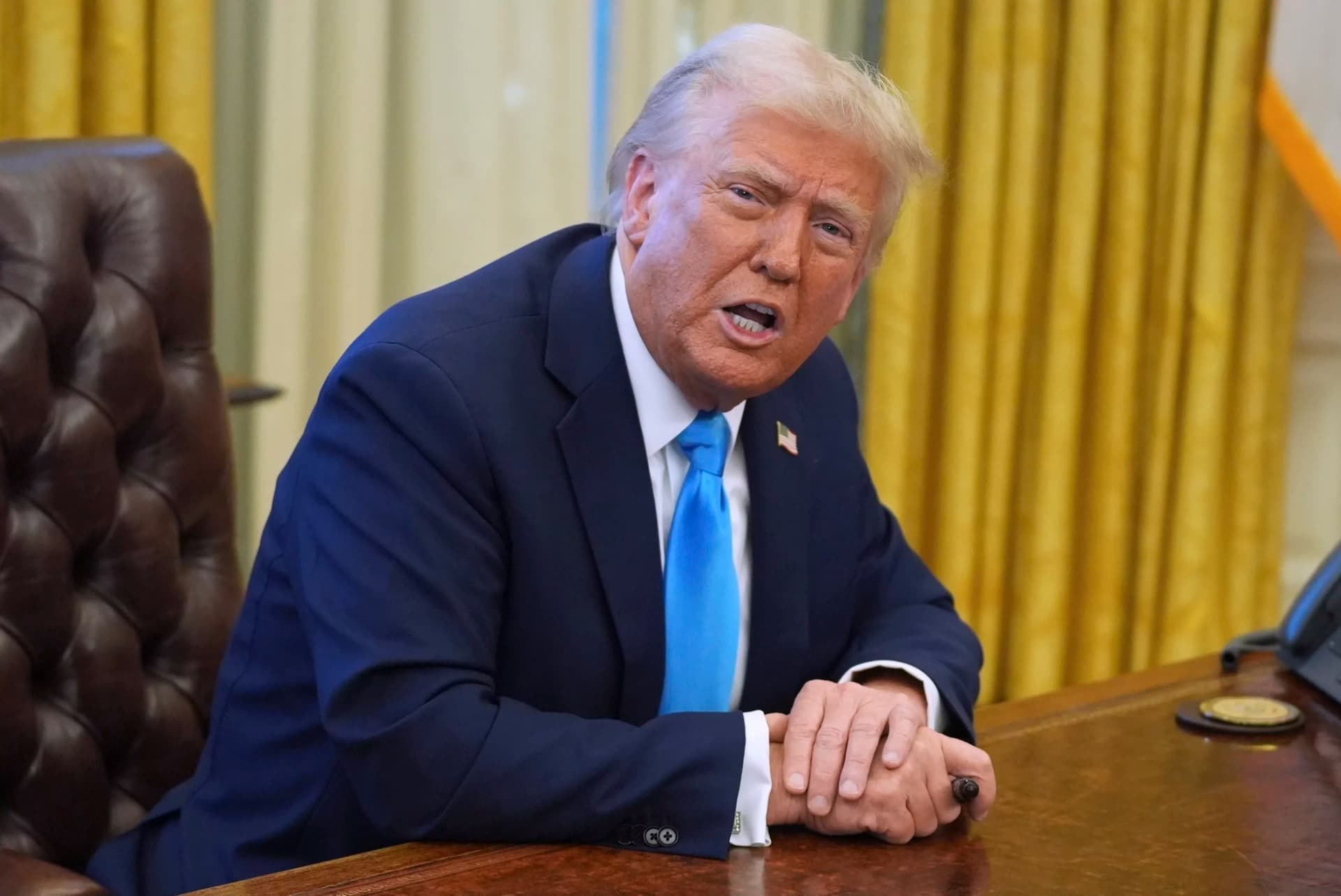Trump Centralizes Republican 2026 Strategy, Stakes Presidency on Midterms
President Donald Trump has taken early, hands on control of Republican plans for the 2026 midterms, directing candidate decisions and economic messaging as he seeks to protect his own political future. The move reshapes party decision making and raises questions about intra party autonomy, policy priorities, and how voters will judge responsibility for economic conditions.

President Donald Trump moved forcefully into Republican campaign planning for the 2026 midterm elections, using phone calls, endorsements and private counsel to shape who runs and what messages candidates will carry. Nine Republicans involved in election strategy told Reuters that the president began pressing the party this year to avoid divisive primaries and to make the affordability narrative central to the Republican case against Democrats.
As early as this summer, roughly 18 months before Election Day in November 2026, Trump urged sitting House members who were considering Senate or gubernatorial bids to instead run for reelection in order to minimize primary battles and preserve incumbency advantages, according to a White House official, a senior Trump adviser and a party operative briefed on the conversations. That kind of preemptive intervention is rare for a sitting president this far ahead of a congressional cycle, and it reflects a strategic decision to consolidate party resources and minimize intra party disruption.
The president’s involvement intensified after state and local contests on November 4 when exit polling showed voters were penalizing Republicans over the rising cost of living. In meetings with aides immediately after those results, Trump conveyed urgency about reclaiming the economic argument. The White House official said the president told staff that Republicans should not cede the affordability issue to Democrats, but should instead underscore where his administration had successfully reduced prices.
The intervention extends beyond messaging to operational decisions. Campaign strategists and operatives described Trump engaging directly with potential candidates, weighing endorsements and seeking to influence recruitment and retirements in ways designed to produce a more defensible House and Senate map for Republicans. The approach aims to keep control of Congress aligned with the White House, a calculation driven by the president’s assessment that his re election prospects depend on a Republican controlled Capitol.
Analysts say the scale and timing of the intervention are notable. Bill Galston, who served as a senior adviser in former President Bill Clinton’s White House, said, "Presidents usually are wheeled into action later in the campaign season. This is extremely unusual." The compressed timeline gives party leaders and campaign committees less room to vet candidates independently and could strengthen the White House role in shaping strategic priorities.
A senior Trump adviser emphasized the policy imperative behind the campaign push, saying, "He is definitely going to exert more pressure on the administration to move even quicker to provide policy solutions." That stance signals an attempt to couple electoral strategy with accelerated policy moves on inflation and cost of living, a dual track intended to sway voters before the midterms.
The president’s early, hands on role raises institutional questions about party autonomy and the balance between presidential influence and congressional independence. It also reframes civic engagement dynamics, concentrating message discipline while narrowing insurgent pathways for challengers. For voters, the approach clarifies who will be held accountable for both campaign promises and governance outcomes, compressing electoral choice into a contest defined by a central figure rather than a broader party coalition.


